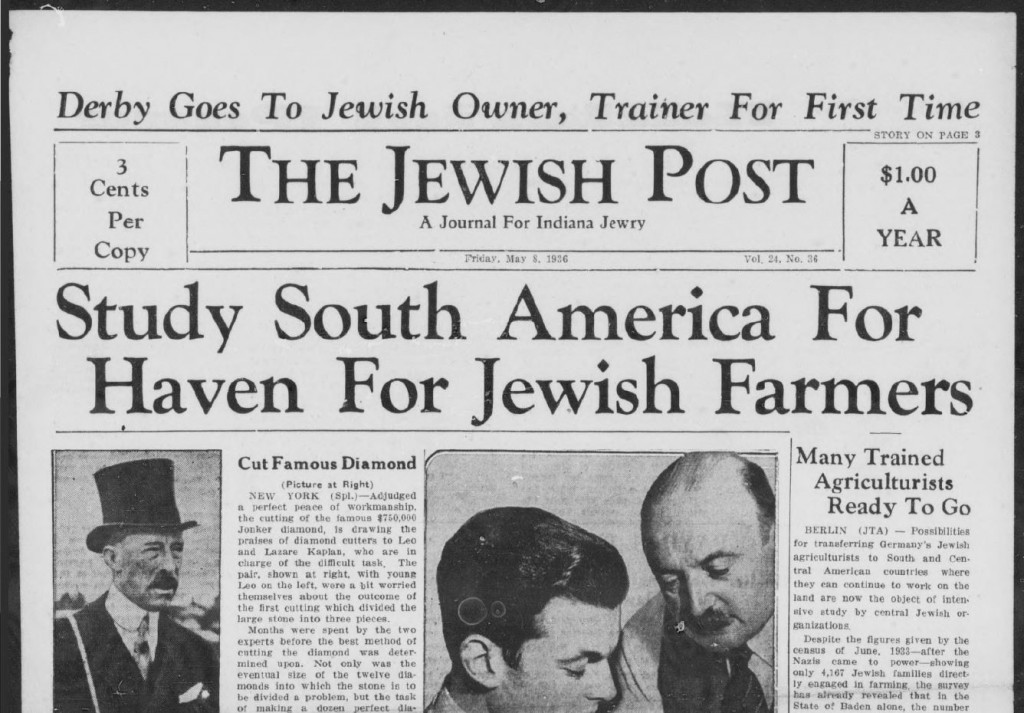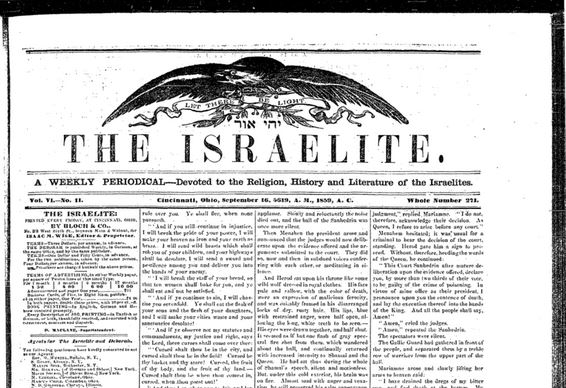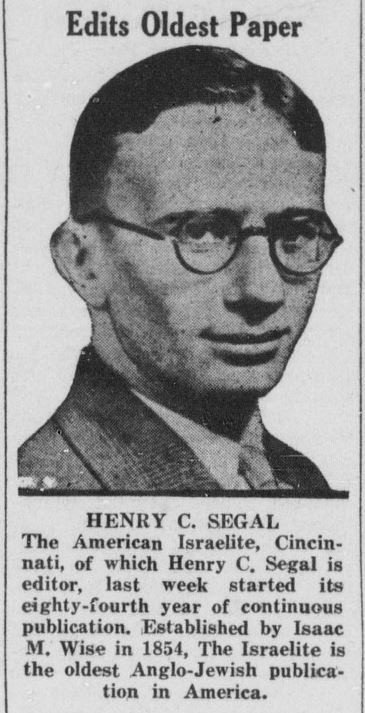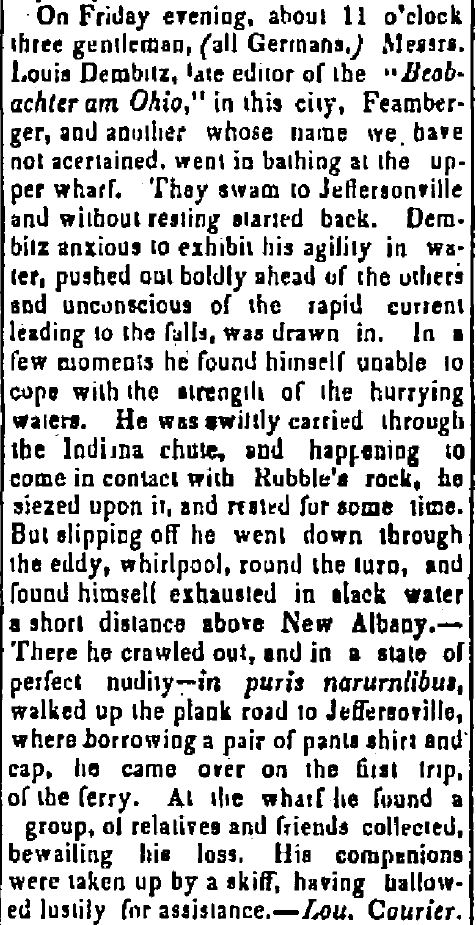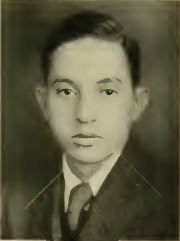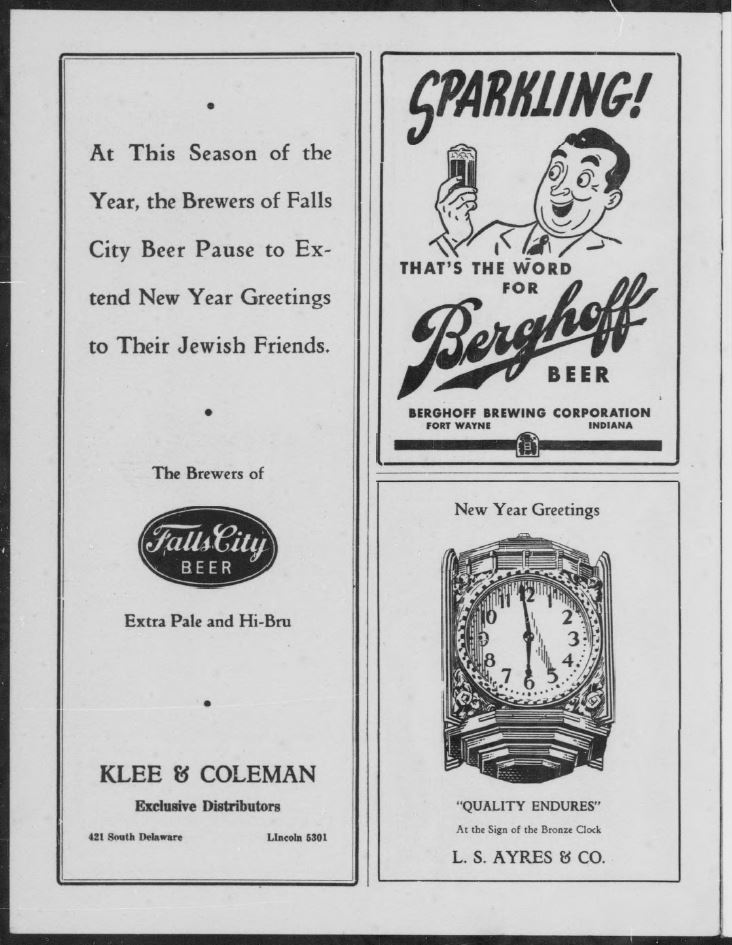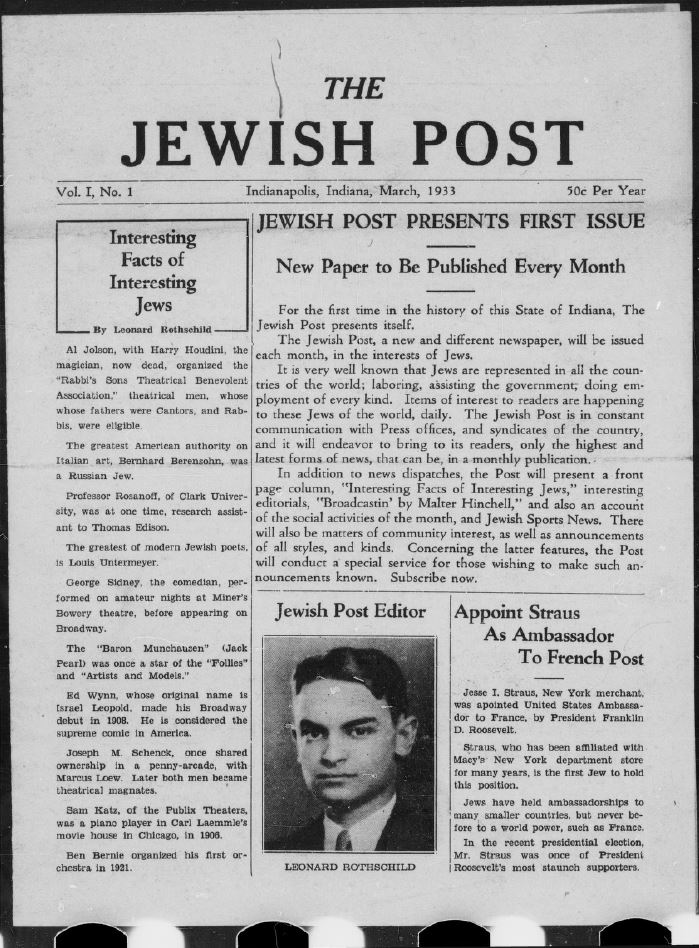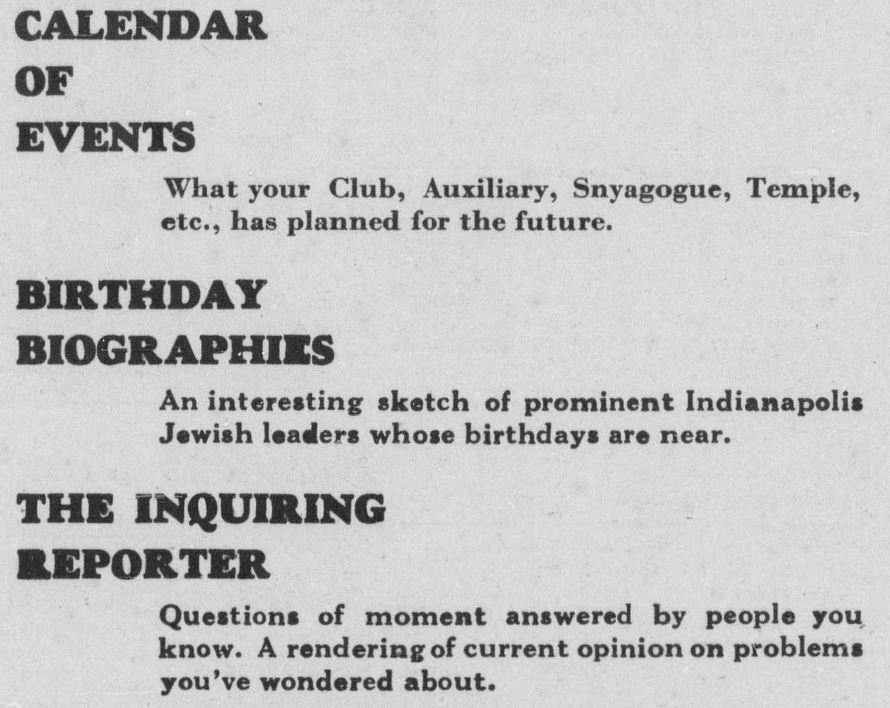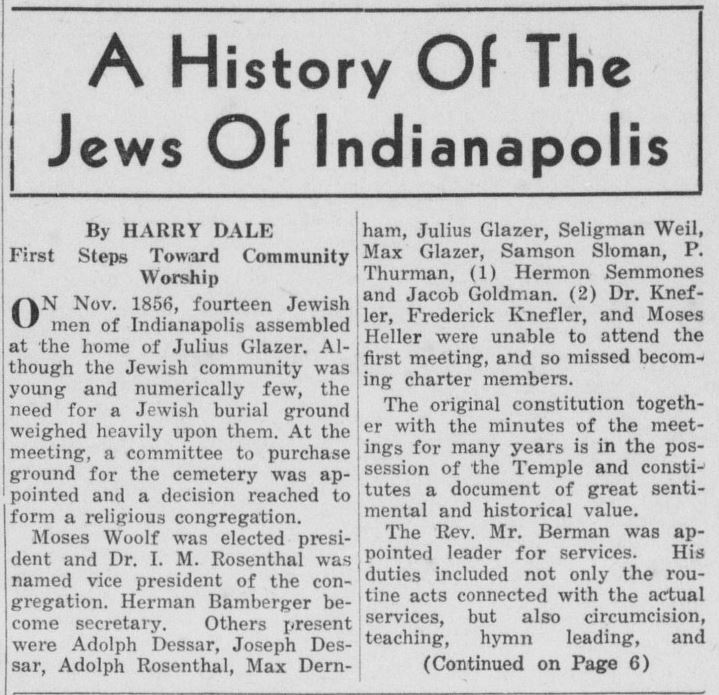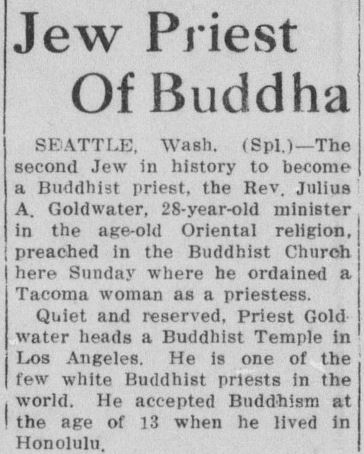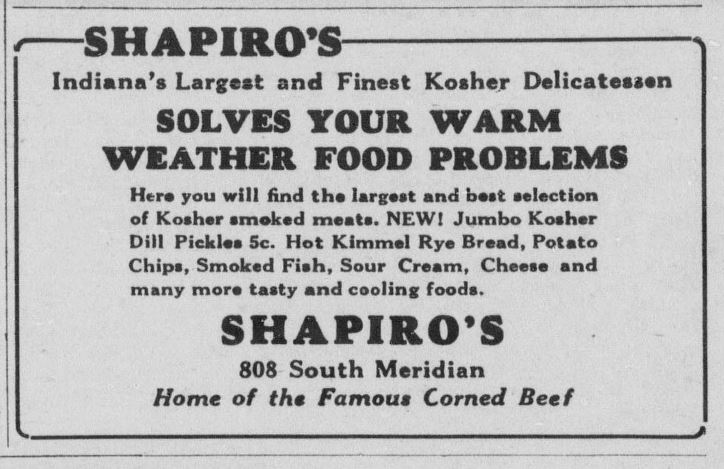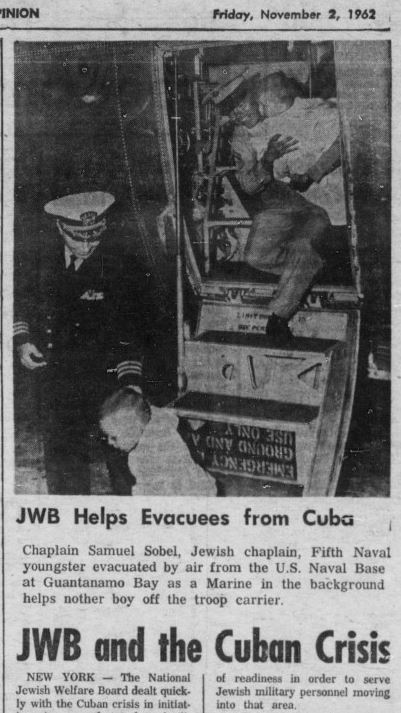
It’s not cold enough in Indiana this year to get your tongue stuck to an icy flagpole. But every holiday season, we Hoosiers are reminded that the comedy classic A Christmas Story (1983) is set in our fair state.
Though filmed in Cleveland, Ohio — where the original Ralphie Parker residence was sold on eBay in 2004, restored to its 1940 appearance, and turned into a museum — the tale is based on the semi-fictional remembrances of Hoosier writer Jean Shepherd. Born on Chicago’s South Side, Shepherd grew up just over the state line in East Chicago and Hammond, Indiana, where he graduated from high school in 1939. After serving with the Army Signal Corps in World War II, the future author began his radio broadcast career at WJOB in Hammond before moving to Cincinnati and New York. Many of Shepherd’s stories began as on-the-air reminiscences before they appeared in Playboy. Some would have been picked up by listeners in the Midwest.
If Ralphie’s dad, played by the late Darren McGavin, read any newspaper by the light of that short-lived leg lamp, it would probably have been the Hammond Times. Hoosier State Chronicles will soon be uploading a long run of the Lake County Times, renamed the Times in 1933. Meanwhile, here’s a bit of its history. Who knows? It might even turn up some colorful background material on Jean Shepherd’s classic A Christmas Story.

Seventy years before Ralphie Parker came onto the scene, the young lumber port of State Line, Indiana, wasn’t producing enough news to keep a local newspaper afloat. Most of its early settlers came from Germany and spoke and read English poorly. The town’s success — and eventual name change — was overwhelmingly due to George H. Hammond, a Detroit butcher whose 1868 patent for refrigerated rail cars helped him rival Chicago’s great slaughterhouses. Mammoth stockyards along Lake Michigan attracted both immigrants and tourists to the greater Chicago area. (When Rudyard Kipling visited the Windy City in 1899, he wrote a horrified description of the “disassembly line” at Philip Armour’s slaughterhouse.) Abundant local lakes and rivers provided the ice that helped meatpacking thrive.
Yet the Hammond Packing Company’s preference for hiring German butchers and sausage-makers indirectly handicapped the development of an English-language press in northern Lake County. Most German residents of the “Hoosier Coast” got their news from thriving German-language newspapers in Chicago and Milwaukee. Even Hammond’s own Deutsche Volks-Zeitung didn’t start publishing until 1891. It died out sometime before 1911.

Though northwest Indiana soon became an industrial powerhouse, this was one of the last corners of the state to be settled. In 1900, lumbermen, farmers, and engineers had barely cleared the forests and drained the swamps that defined the landscape of the Calumet region (or simply “Da Region,” in local parlance.) Gary, whose steel mills made it Lake County’s most important city, was founded only in 1906.
The Hammond Packing Company burned down in 1901 and was never rebuilt. Steel, railroads, and retail took over. Ironically, the rapid development of Lake County led to “Da Region” becoming a cradle of American conservation, as nature enthusiasts and city dwellers successfully fought to save the famous Indiana Dunes — a favorite Chicago playground — from destruction.

In 1906, Hammond’s floundering English press got a boost when Sidmon McHie (1863-1944), a wealthy Chicago grain and stock broker, bought the struggling Hammond Times. The enterprising McHie turned the paper around, using it to promote Lake County’s young industries and businesses. At that time, Calumet was fertile ground for venture capitalists like McHie. As a 1943 tribute to him put it, the energetic owner used the paper to “get Hammond to believe in itself.”

Not content with marketing the news only to Hammond, McHie changed the paper’s name to the Lake County Times and pushed sales in Whiting, Gary, Indiana Harbor, and East Chicago. The daily’s circulation, which stood at just 137 when McHie bought it in 1906, jumped to 5,000 within a year and almost exceeded 10,000 in 1920. As an investment scheme, McHie circulated many copies for free simply to promote the city. By the time A Christmas Story was set in the early 1940s, the paper was reaching 130,000 readers — probably including “Old Man Parker” himself.
McHie (whose first name is often misspelled Simon and even Sidney) hired Chicago sportswriter Hugh E. Keough to be the Lake County Times’ first editor. Best known for his Chicago Tribune sports column (“In the Wake of the News”), Keough served as an official at Midwestern and Southern horse-racing tracks, whose decline led him back into newspaper work by 1906. Keough and the witty Ring Lardner were two of Chicago’s best writers on baseball. Keough’s tenure on the Lake County Times was short-lived, however. He was replaced by Percy A. Parry (who had emigrated to the U.S. from Wales at age nine.) For decades, Parry and his brothers were part of a “dynasty” of Lake County news editors.
While Gary was becoming known for its mills, Sidmon McHie and his editors on the Lake County Times helped transform Hammond into a shopping mecca for northwest Indiana. It’s no coincidence that the plot of A Christmas Story revolves around one of Hammond’s great department stores — where the line to see a drunken Santa Claus and some evil elves “stretched all the way back to Terre Haute.”


With a stock broker and capitalist at the helm, the Lake County Times became a colorful, flamboyant paper and enjoyed strong sales. While not known for deep investigative journalism at the time, the paper does provide a window into the social issues of the 1910s and ’20s – from the scandalous rise in American divorce rates to labor struggles at Indiana’s burgeoning steel mills. Much of its “reporting,” however, was syndicated — and wasn’t serious news, anyway.


The Lake County Times wasn’t especially friendly to labor movements or to socialism. During the lead-up to America’s entry into World War I in 1917, it also joined in the vilification of Germany. The Hammond paper helped stoke up public fears during the 1919 “Red Scare,” which involved a crackdown by U.S. Attorney General A. Mitchell Palmer on anarchists, Communists, and immigrants from Southern and Eastern Europe, whose politics were suspect in the wake of the Russian Revolution and a wave of anarchist bomb plots. Gary, which participated in the great steel strike of 1919 and was home to thousands of Eastern Europeans, was deeply involved in the “Red Scare.”



That last clip reminds us that women were at the forefront of Prohibition. Yet even during the days of “Saharization,” the Lake County Times published colorful stories about the Jazz Age’s rejection of Victorian norms. Divorcées, flappers, fast cars, and heartbreaks worthy of an F. Scott Fitzgerald novel were often sprawled across the front page.
Publisher Sidmon McHie made national news in 1923 and again in 1935, when aspects of his own tempestuous marriage came to light. Daughter of a St. Louis multimillionaire and reportedly also a beauty queen at the 1893 Chicago World’s Fair, Isabel Mulhall had briefly been a theater actress, got divorced, and “hastily” married Sidmon McHie in New York in 1906, when he was living at the Waldorf Astoria. By the 1930s, however, the wealthy couple, who lived in New York and Illinois, ended up estranged.
Part of their divorce proceedings centered on a generous winter-time gift that Isabel had made to farmers near Battle Creek, Michigan, in March 1935. But long before her flamboyant Depression-era “giveaway,” she had been generous to dogs.
In 1923, Isabel announced that she was willing her vast fortune to create a hospital for abused animals. While an earlier free animal hospital in New York City actually predated the New York Society for Prevention of Cruelty to Children by a good eight years, the American public and press unfairly lampooned Mrs. McHie as a sour old eccentric who hated human beings.
(The Ogden Standard-Examiner, Ogden, Utah, February 11, 1923.)
The Ogden Standard-Examiner was one of the few papers to treat her with any kind of fairness. Speaking to a reporter, she told about a cruel child that had mercilessly tortured a puppy, a scene that could have come straight out of Dostoyevsky’s Crime and Punishment. As she began to think about her own mortality and draw up a will, Isabel McHie considered leaving a large bequest to a “home for incurable children.” But if the newspapers are correct, the hideous “screechings” of an Episcopal boy’s choir in New York put an end to that — or was it the child that broke a puppy’s leg on purpose? (The McHies had no children of their own.)

Though it never came into being, rumors had it that this would have been the largest animal hospital in the world. A provision in the will specified that McHie’s own ashes be placed next to a marble bust of herself, carved by an Italian sculptor, and that the honored bust and ashes would sit in the entrance to the animal hospital.
In return for her generosity, she got hate mail. Letters accused Isabel McHie of being “wicked” and that the money could have done more good for humans. Why give money to “dumb animals”? Some critics speculated that her motives came from a desire to have “revenge on mankind.” McHie’s response? Animals taught humans to be more humane. (It’s ironic, however, that some of her fortune probably derived from the prosperity of Hammond, named for a butcher.)



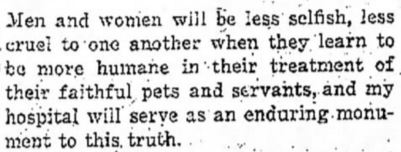 The Ogden Standard-Examiner, Ogden, Utah, February 11, 1923.
The Ogden Standard-Examiner, Ogden, Utah, February 11, 1923.Maybe the sneering news stories had an effect on her. Maybe it was her pending divorce suit or ill health. Or maybe she was just tired of being rich. In any case, in March 1935, the 60-year-old Isabel McHie decided to dispose of a large amount of her wealth — before anybody else criticized her will.
On March 20, she withdrew $175,000 of her own or her husband’s money and boarded a passenger train from Chicago’s Dearborn Street Station to Montreal. She was also carrying about $500,000 worth of jewels with her in a bag.
Somewhere outside Battle Creek, Michigan, a conductor noticed Mrs. McHie feeding unbelievably large bills through a ventilator — in currency denominations “as high as $10,000.” This, after all, was one of the worst years of the Great Depression, and the wealthy philanthropist was literally throwing a fortune out the window. Reporters wrote that she also tossed $100 bills into the aisle of a Pullman car. Most of the money seems to have been recovered, but farmers along the railroad tracks in southern Michigan eagerly joined the search for anything left of the money-throwing spree.


Arrested as “hysterical,” Isabel McHie was taken to a hotel in Hammond, where police wanted to investigate hospital records that she tried to withhold. She later sued the Grand Trunk Western Railway for physical assault and false imprisonment — for a million dollars. Sidmon McHie was vacationing at the mineral springs in French Lick, Indiana, when his wife started throwing money away. Their divorce was soon finalized. Isabel McHie died in New York City on April 25, 1939. Contrary to the belief that she hated human beings, most of her estate went to Seeing Eye, Inc., an organization that trained guide dogs for the blind.
The Hammond Times’ owner didn’t survive his ex-wife by long. Sidmon McHie owned a vast stock farm and golf course on the Kankakee River near Momence, Illinois. His obituary notes that “McHie, despite his advanced age, insisted on driving his own automobile because he said that to employ a private chauffeur would remove a man from an essential occupation.” (World War II was still on.) On August 25, 1944, the 81-year-old McHie was hit by a train while driving his car. He died five days later. McHie’s nephew, James S. DeLaurier, took control of the Hammond Times.
The Times dropped Hammond from its name in 1967 and began representing all of northwestern Indiana. It moved its offices to Munster in 1989. Today, the Times of Northwest Indiana is the second-largest newspaper in the state, ranking only behind the Indianapolis Star. Local editions cover Munster, Crown Point, and Valparaiso.
Hoosier State Chronicles expects to have almost two decades of the Lake County Times uploaded and searchable on our website by mid-January 2016.
Contact: staylor336 [AT] gmail.com

























